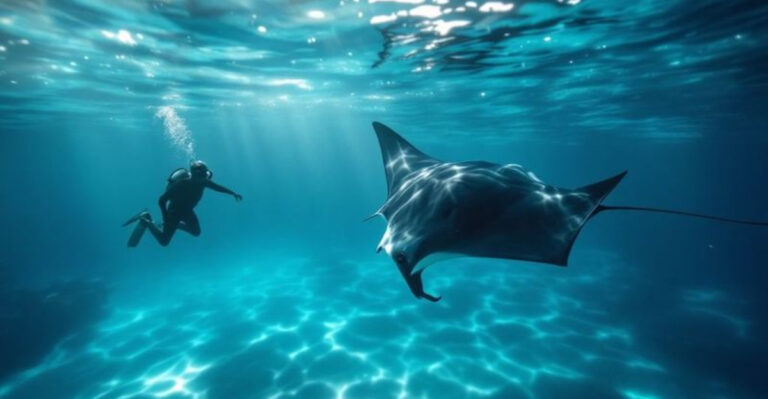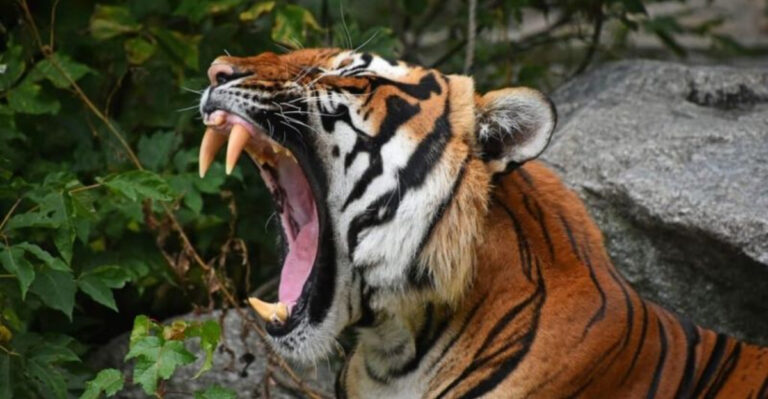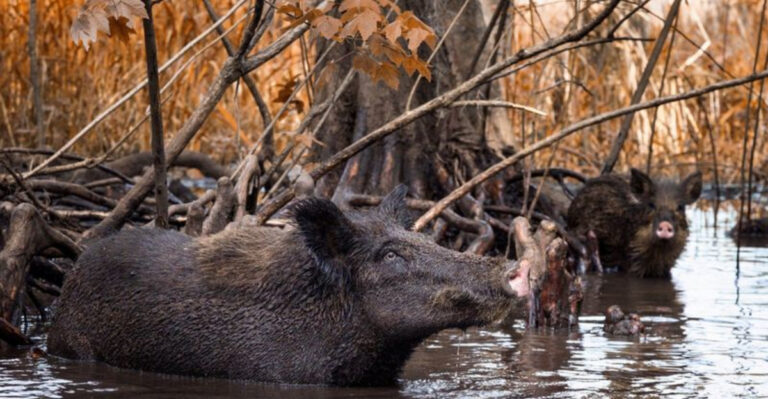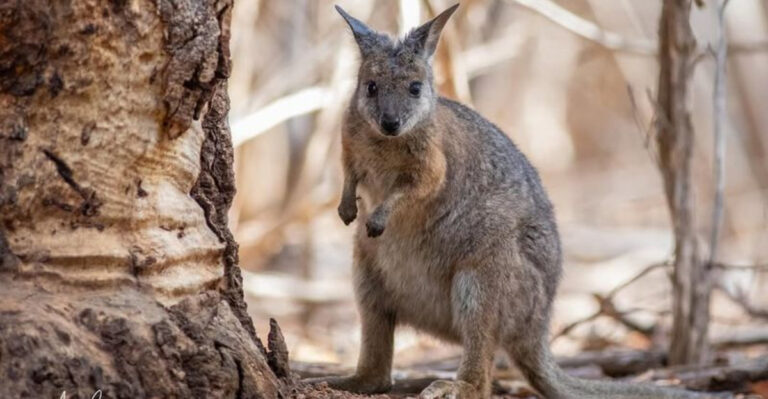Which Animals Are At Risk Of Vanishing By 2075?
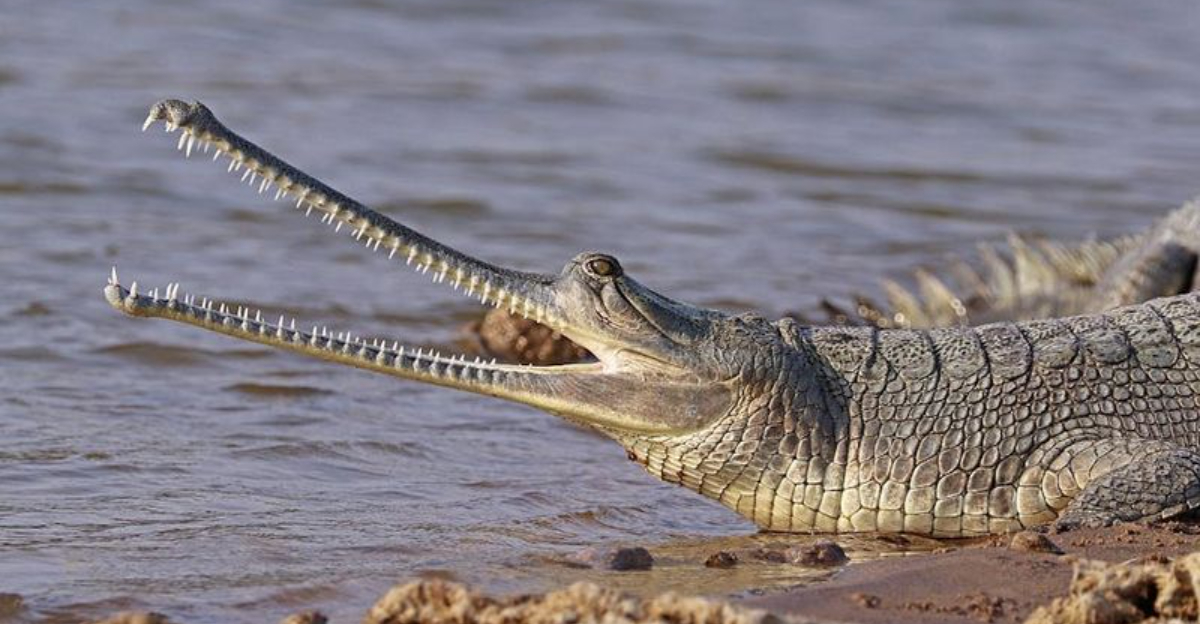
Our planet’s amazing wildlife faces unprecedented threats from climate change, habitat loss, and human activities.
Scientists warn that without immediate action, we could lose dozens of incredible species in just the next few decades. Here’s a look at some remarkable animals that experts fear might disappear from Earth by 2075 if conservation efforts don’t succeed.
1. Vaquita Porpoise
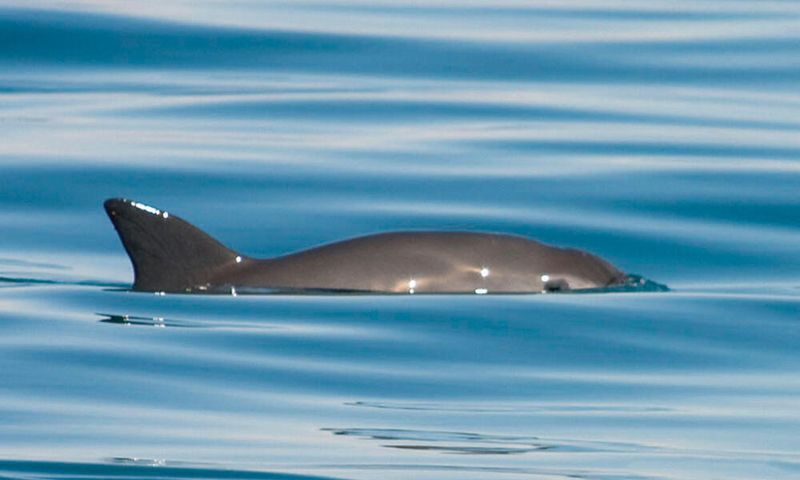
Found only in Mexico’s Gulf of California, fewer than 10 of these tiny porpoises remain alive today. Illegal fishing nets meant for other species accidentally trap these shy creatures.
Despite international protection efforts, their population continues to plummet. At this rate, these smiling-faced marine mammals could become the first cetacean species humans have driven to extinction.
2. Amur Leopard
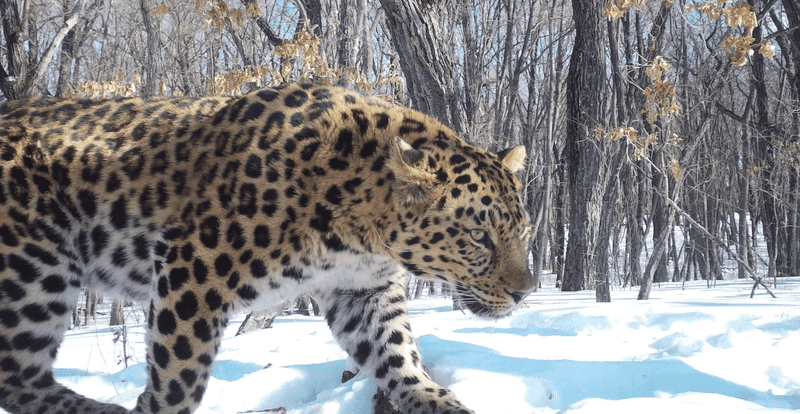
Sporting the most gorgeous spotted coat in the big cat world, these Russian felines are down to about 100 individuals in the wild. Poachers target them for their stunning fur while forests they call home keep shrinking.
Each leopard needs massive territory to hunt and survive. Without expanded protection zones, these solitary, frost-resistant cats face a bleak future.
3. Northern White Rhino
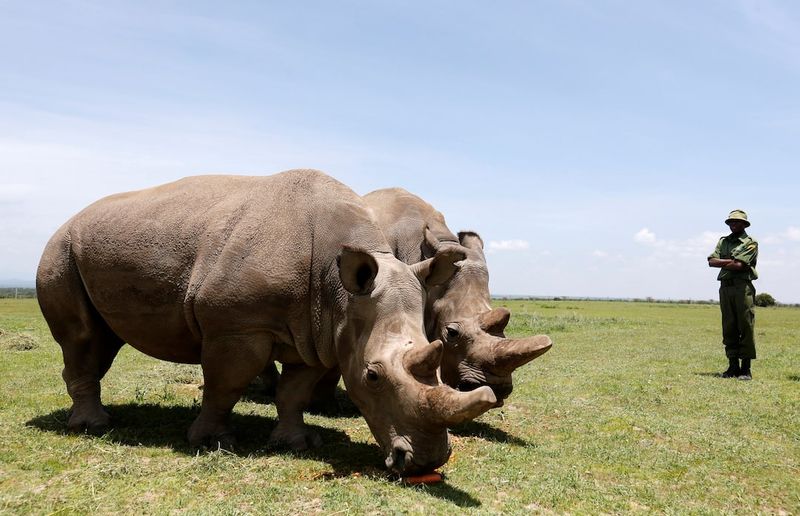
Just two females remain of this magnificent subspecies, both living under 24-hour armed guard in Kenya. The last male died in 2018, making natural reproduction impossible.
Scientists race against time with experimental fertility treatments using stored sperm. Without technological miracle babies, these gentle giants will soon exist only in photographs and memories.
4. Yangtze Finless Porpoise

Imagine a dolphin with a permanent smile but no dorsal fin! These unique river mammals navigate China’s murky Yangtze waters using sonar instead of sight. Boat traffic, pollution, and fishing have reduced their numbers to under 1,000.
Unlike their cousin the Baiji dolphin (declared extinct in 2006), these porpoises still have a fighting chance if river protections improve quickly.
5. Sumatran Orangutan
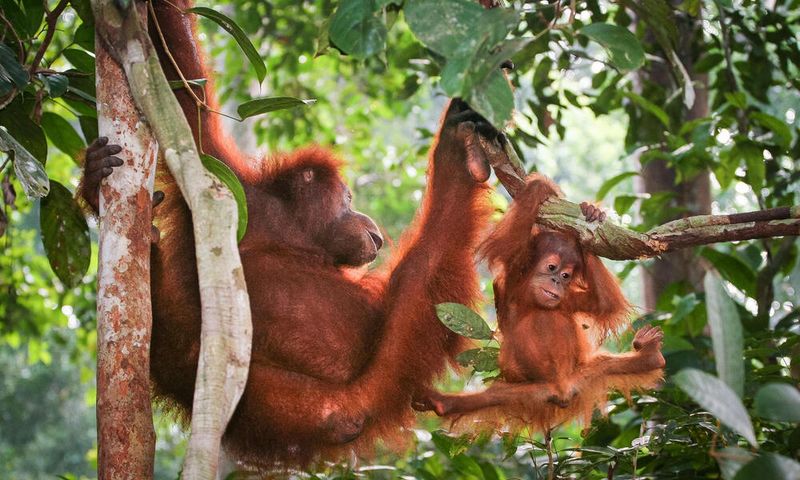
Red-haired forest engineers, these apes build elaborate nests and use tools with remarkable intelligence. Palm oil plantations have destroyed over 80% of their Indonesian forest homes in recent decades.
Mothers spend years teaching babies survival skills. With fewer than 14,000 remaining, their thoughtful eyes may no longer gaze from treetops by mid-century unless deforestation stops.
6. Hawksbill Sea Turtle
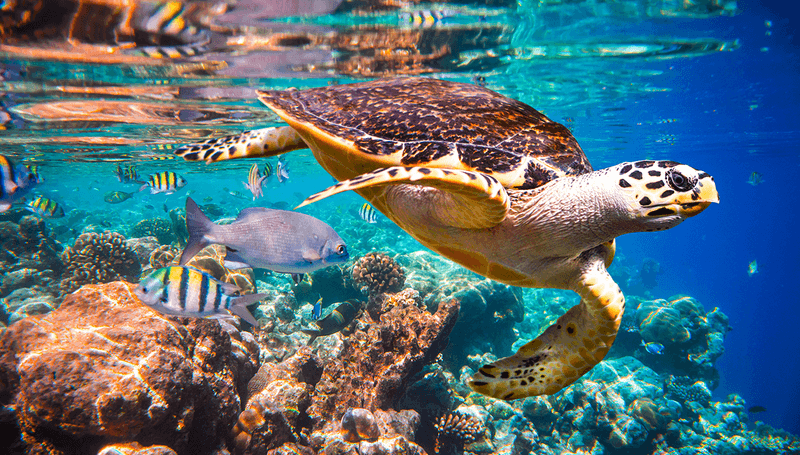
Named for their pointed beaks and stunning amber-patterned shells, these ocean wanderers face a double threat. Their beautiful shells are still illegally harvested for jewelry, while climate change damages nesting beaches.
After surviving 100 million years since dinosaur times, these ancient mariners lay eggs on the same beaches where they hatched. Rising seas may leave them nowhere to nest.
7. Javan Rhino
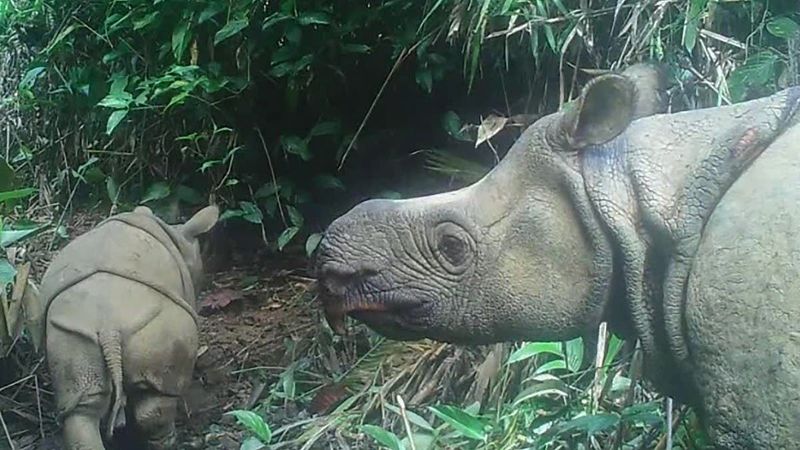
Mud-loving forest dwellers with skin that folds like armor plating, these secretive rhinos number just 75 individuals. All live in one Indonesian national park, making them vulnerable to disease, natural disasters, or poaching events.
Camera traps offer rare glimpses of these shy browsers. Their small horn nubs don’t prevent poaching interest, as traditional medicine markets still drive demand for rhino parts.
8. Saola
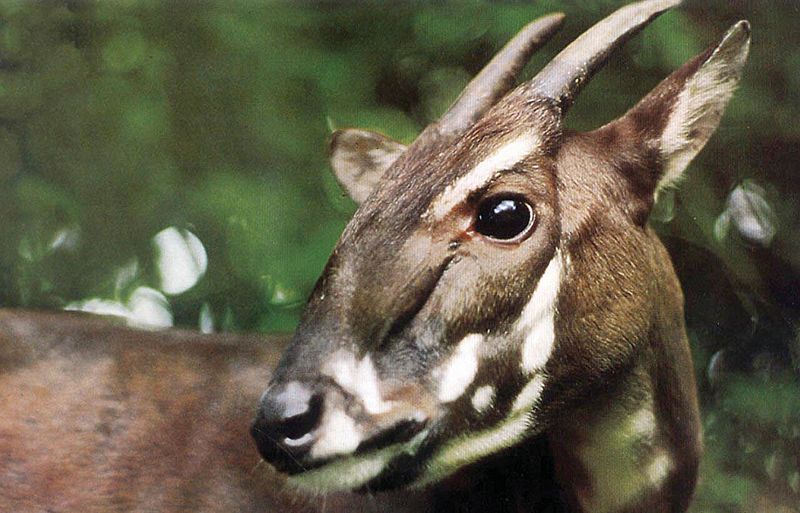
Called the “Asian unicorn,” this mysterious forest bovine wasn’t even discovered by scientists until 1992! Native to remote Vietnam-Laos border mountains, camera traps rarely capture images of their sleek bodies and parallel horns.
So elusive that researchers can’t accurately count them, hunting snares meant for other animals accidentally catch these gentle creatures. Some experts fear they’re already extinct.
9. Amami Rabbit
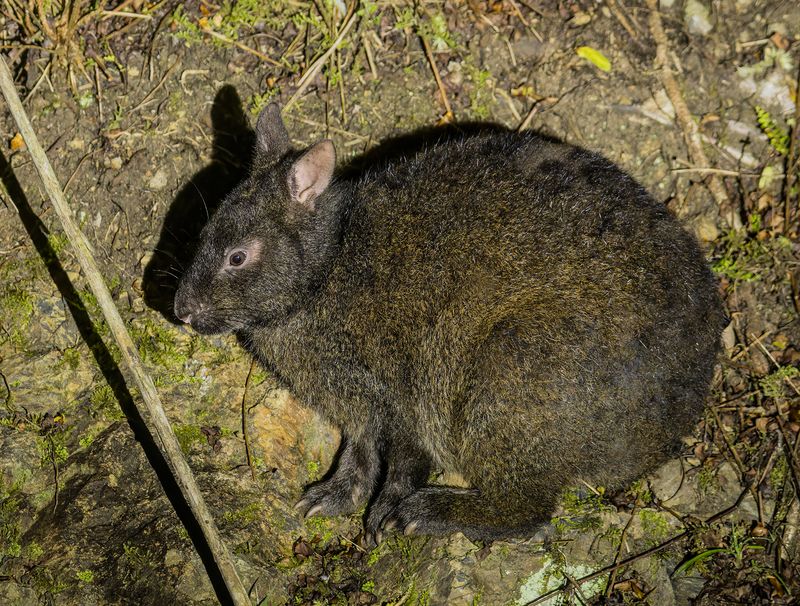
Looking like something from a fantasy novel, these stocky, short-eared rabbits only exist on two small Japanese islands. Their stubby legs and curved claws help them dig burrows in volcanic soil.
Introduced mongooses nearly wiped them out before control programs began. Now, fewer than 5,000 remain, hopping through nighttime forests. Their unusual appearance reflects millions of years of isolated evolution.
10. Chinese Giant Salamander
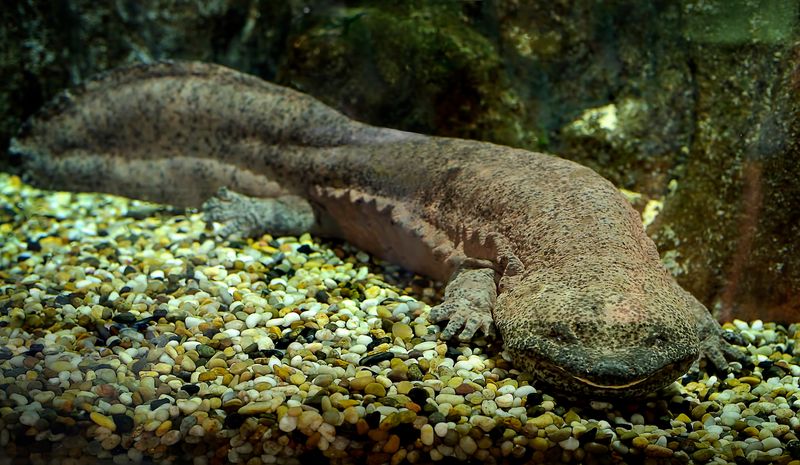
Imagine a salamander longer than your dining table! These massive amphibians can grow over 5 feet long and live 60+ years in mountain streams. Their wrinkled skin earned them the nickname “living fossils.”
Considered delicacies in specialty restaurants, wild populations have crashed 80% since the 1950s. Pollution and dam construction further threaten these gentle stream giants who breathe through their skin.
11. Gharial
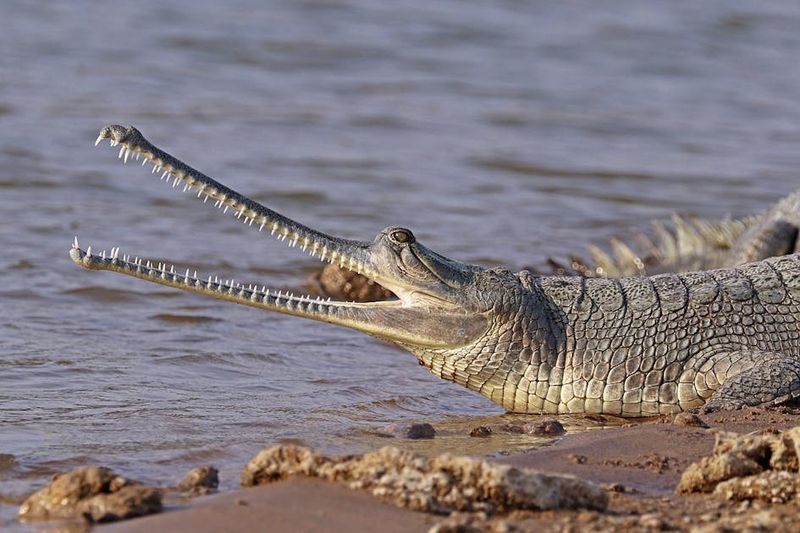
Sporting a bizarre thin snout ending in a bulbous nose tip, male gharials look unlike any other crocodilian. Their needle-like teeth excel at catching fish but can’t bite humans effectively, making them surprisingly non-threatening.
River pollution and sand mining have restricted these unique reptiles to less than 2% of their historic range across India and Nepal. Fewer than 1,000 breeding adults remain.
12. Mountain Gorilla
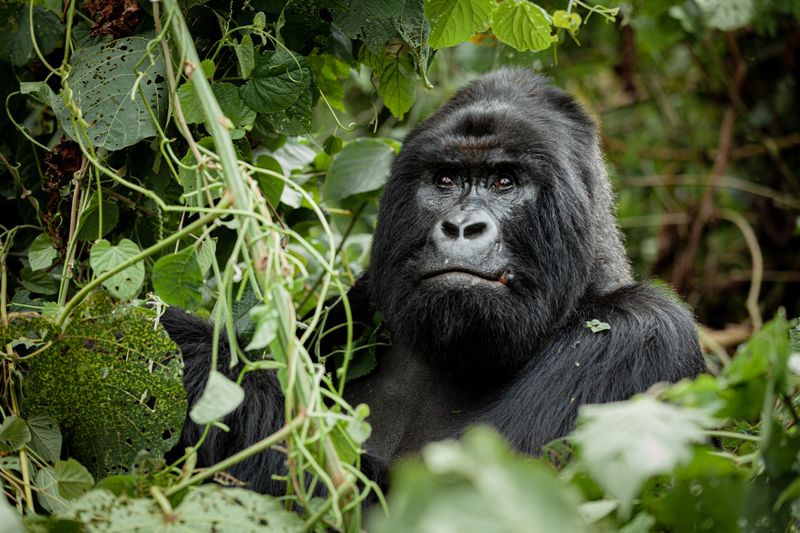
Success stories are possible! These magnificent apes once dwindled to just 240 individuals in the 1980s. Today, about 1,000 exist thanks to intense conservation efforts in African mountain forests.
Despite progress, these gentle giants remain vulnerable to human diseases, habitat loss, and regional conflicts. Their slow reproduction rate—females have just 3-4 babies in a lifetime—means recovery takes decades.
13. Philippine Eagle
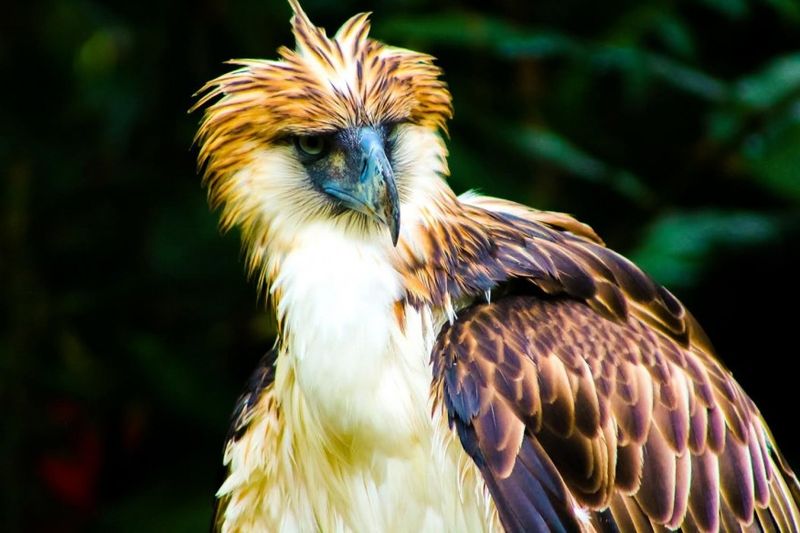
With a 7-foot wingspan and striking blue-gray eyes, these forest raptors rank among Earth’s most impressive birds. Each breeding pair needs 25 square miles of undisturbed forest to raise a single chick every two years.
Fewer than 400 breeding pairs remain as logging decimates their island habitats. Despite being the national bird of Philippines, these majestic hunters face extinction without dramatic forest protection measures.
14. Axolotl
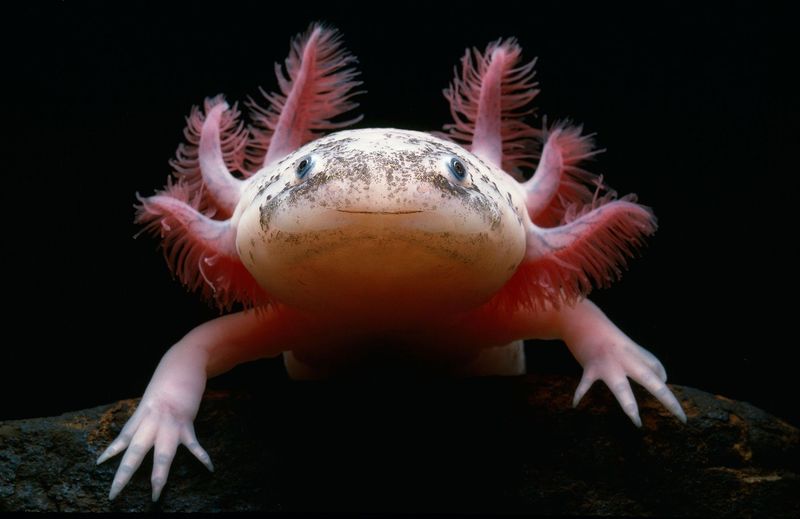
Nature’s perpetual teenagers, these Mexican salamanders never grow up! They keep their external gills throughout life, looking like smiling underwater dragons in vibrant colors from black to gold to pink.
Once abundant in Mexico City’s ancient lake system, they’re now critically endangered in the wild. Scientists prize their incredible regeneration abilities—they can regrow limbs, organs, and even parts of their brain!
15. Pangolin
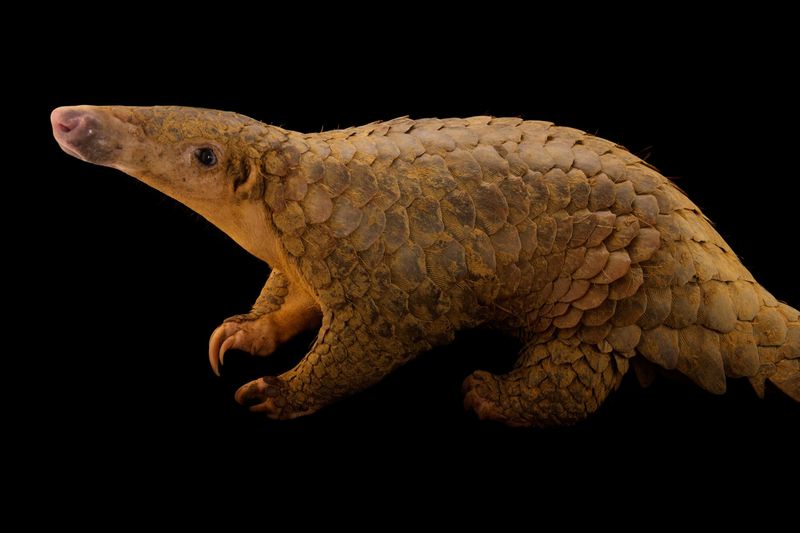
Covered in overlapping scales like medieval armor, these shy insect-eaters are the world’s most trafficked mammals. When threatened, they roll into tight balls that once protected them from predators but now makes them easy for poachers to collect.
All eight pangolin species face extinction as their scales are used in traditional medicines despite having no proven benefits. Their specialized diet makes them nearly impossible to breed in captivity.


